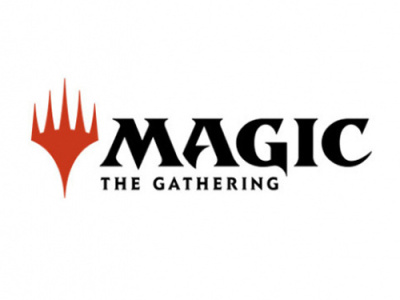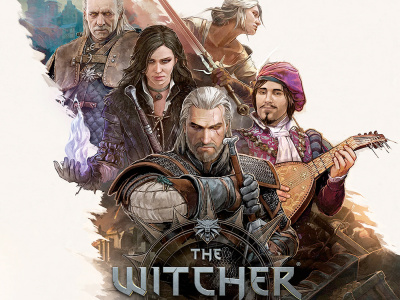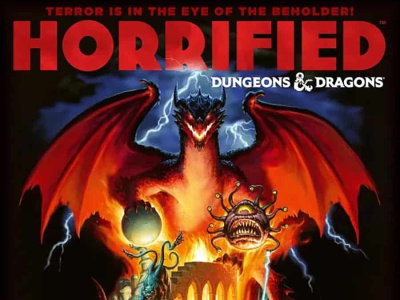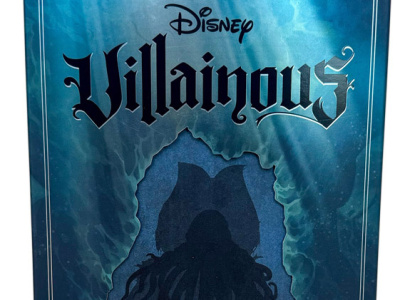History of the World
Publisher: Z-Man Games
Release Date: April, 2018
Price: $69.99
Game Designer(s): Gary Dicken, Steve Kendall, and Phil Kendall, with development by Steven Kimball, Alexandar Ortloff, and Justin Kemppainen
Format: Board Game
Number of Players: 3 to 6
Playing Time: 120 – 180 mins.
Product #: ZM005
Age Rating: 14 and up
ICv2 Rating: 5 Stars out of 5
Ever since my first encounter with History of the World—the Gibson Games’ version in the early 1990’s—it has been one of my favorite games. Its blend of strategy and luck, dovetailing with my lifelong study of history, made it a natural fit for my tastes, and it is still one of only a handful of games that has seen my table dozens of times. When I heard that Z-Man Games was launching a new edition (it’s sixth incarnation), I was both excited and concerned. Would this be a worthy successor? Or would it disappoint?
Summary: For those unfamiliar with the Ragnar Brothers’ masterpiece, History of the World begins with the formation of Sumer and runs through all of recorded history up to the dawn of World War I. In each of five epochs, each player guides an historic empire through its rise and the conquest of its neighbors. Then, the empire declines, becoming passive for the rest of the game. But old empires are not removed. Instead, they continue to award points for as long as they survive (the Sumerians should get bonus points if they can survive until the 20th Century, if you ask me…).
Mechanically, the game uses a card-drafting mechanic to distribute empires, with the players who have the lowest score having first choice giving them more control over their strategic options. Historic events, from inspirational leaders and technological innovations to barbarian raiders and the Black Death itself are drafted the other way, giving the game leader an extra tool to try to hold their lead. This built-in catch-up mechanic helps keep the game competitive to the end.
Originality: Z-Man’s version of History of the World is definitely more evolution than revolution, and I am perfectly fine with that. The core of the game remains intact, with only a few well-thought refinements added by the development team. These refinements center mostly around improving the balance and clarity of the event cards and the combat modifiers for naval invasions and terrain, and adjusting the scoring for the various regions. The biggest change is trimming the game down to five epochs (the original included seven). These changes help make the game play more quickly, trimming about an hour off the playing time, without losing any of the depth or spirit of the game.
Presentation: The producers of this edition clearly put a lot of thought and effort into the presentation and graphics. The artwork is excellent, with the box cover displaying a panoramic view of world history, with a bright and easily read title. All the information one would want about the game is readily at hand, including a solid description of the game and component shot on the game back. The game board is large and attractive, though it offers an unusual projection that may take a few minutes to get a handle on, with the busiest regions—the Middle East in particular—center stage and oversized, while the homes of late-arriving empires like America and Japan being pushed to the boundaries and appearing much smaller.
Quality: The components here are worthy of the artwork. The cards are flexible and have a nice linin finish, and every event card sports evocative artwork. The tiles and tokens are very thick and sturdy, the playing pieces are molded in a beautiful pearlescent plastic and sport a fully realized globe on every pawn. The fortifications are some-assembly-required cardboard structures that are designed to hold the cities on top of them, giving them the appearance of being walled cities and saving valuable board space. To track the effects of battle, the game has a DIY catapult (non-functioning). A bit fiddly perhaps, but fun nonetheless. The rulebook is clear and concise, lavishly illustrated and clearly written. I would have preferred more examples of game mechanics in use, but it does feature an entire example turn that does a good job of diagraming how the game plays. I particularly appreciated the respectful inclusion of design notes by Ragnar Brother Steve Kendall.
Marketability: Considering this game is now more than a quarter-century old, there is justifiable concern about its ability to “age well.” I think that Z-Man made the right choice here in trimming the game a bit, as modern gamers find more appeal in shorter games, and the graphics definitely benefit from the fresh, updated look. When History of the World originally released, it was innovative for its time, with forward-looking game mechanics that are still in line with modern tastes, such as card drafting. Surprisingly, I find that the experience is just as robust, enjoyable, and strategically challenging as it was two decades ago. I believe that History of the World is one of those games that deserves to never go out of print, because it still has something to offer the hobby and the market.
Overall: I am glad to say that I was not at all disappointed with Z-Man’s handling of this classic and iconic game (though I do recommend playing with the “Classic Drafting” rules, which Z-Man thoughtfully included as an optional rule). Thanks to the updates, gameplay is brisk, decisions are meaningful, luck is a factor but not an overwhelming one, and everything feels well balanced. The components are attractive and effective, and nothing was changed simply for the sake of changing it. If you’re a fan of any of the earlier editions, this one is well worth checking out. And if you’re not yet a fan, you owe it to yourself to give it a try.
In short, this new edition of History of the World is everything that I hoped it would be. And that’s why I’m giving this game 5 out of 5.
-- William Niebling
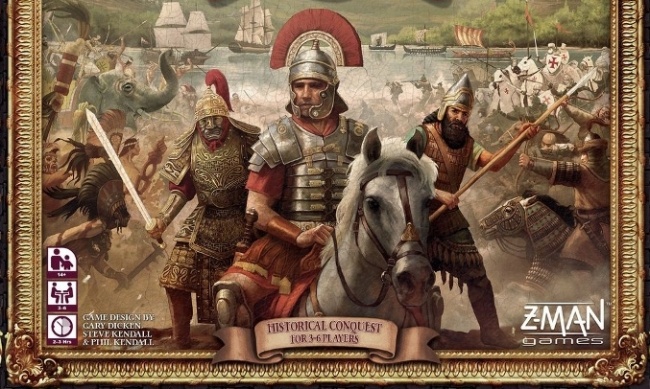
ICv2 Stars: 5 (out of 5)
Posted by William Niebling on May 3, 2018 @ 2:49 pm CT
MORE GAMES
'A Villainous Halloween' In-Store Event
August 15, 2025
Wizards of the Coast announced A Villainous Halloween , a new Magic: The Gathering Commander in-store WPN event.
Base Game, Expansions, Accessories
August 15, 2025
Asmodee will release The Witcher: Path of Destiny core game, expansions, and accessory pack.
MORE REVIEWS
ICv2 Stars: 3.5 (out of 5)
July 30, 2025
Here is a review of Ravensburger's Horrified: Dungeons & Dragons.
ICv2 Stars: 3.5 (out of 5)
July 24, 2025
Check out the review of Disney Villainous: Treacherous Tides, from Ravensburger.



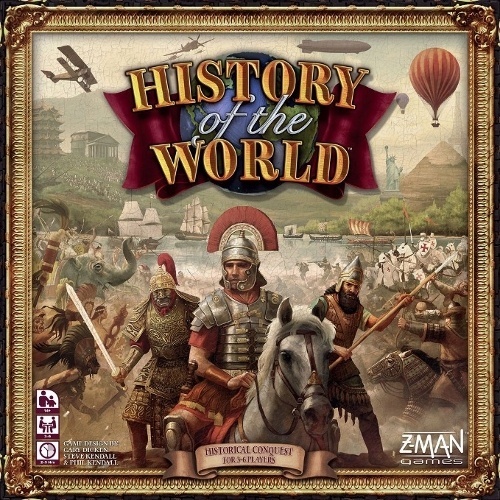
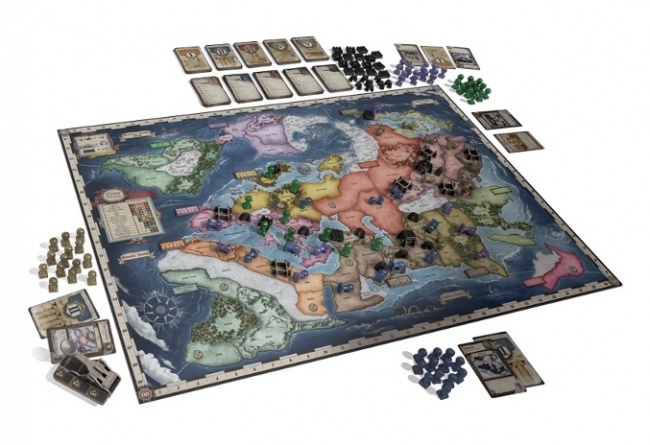
 View Gallery: 2 Images
View Gallery: 2 Images 